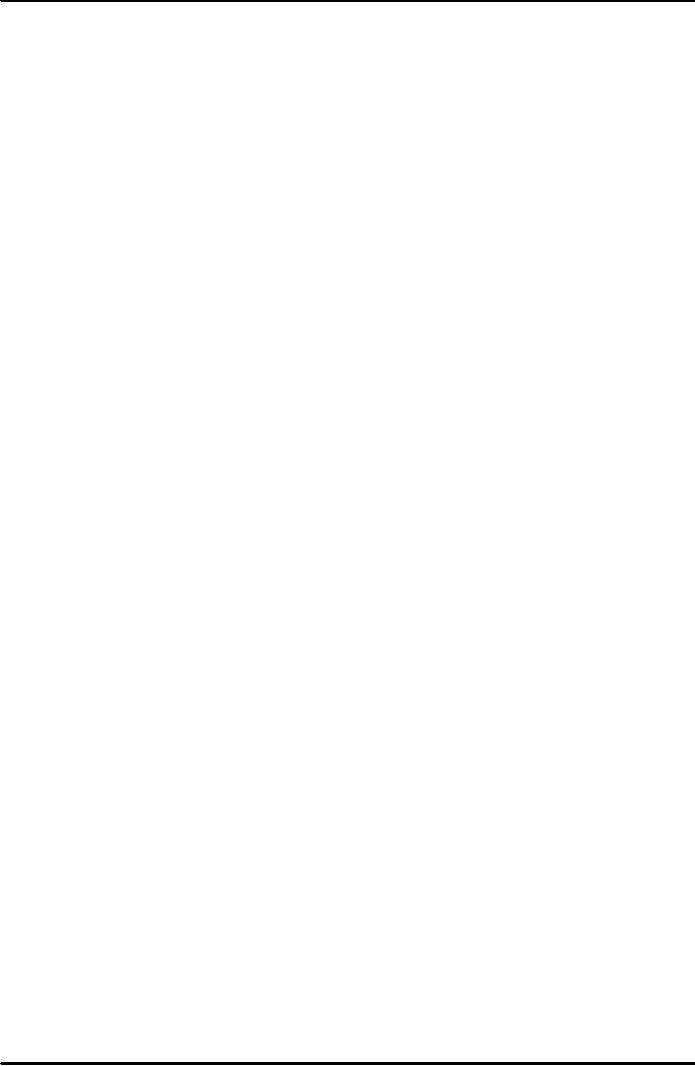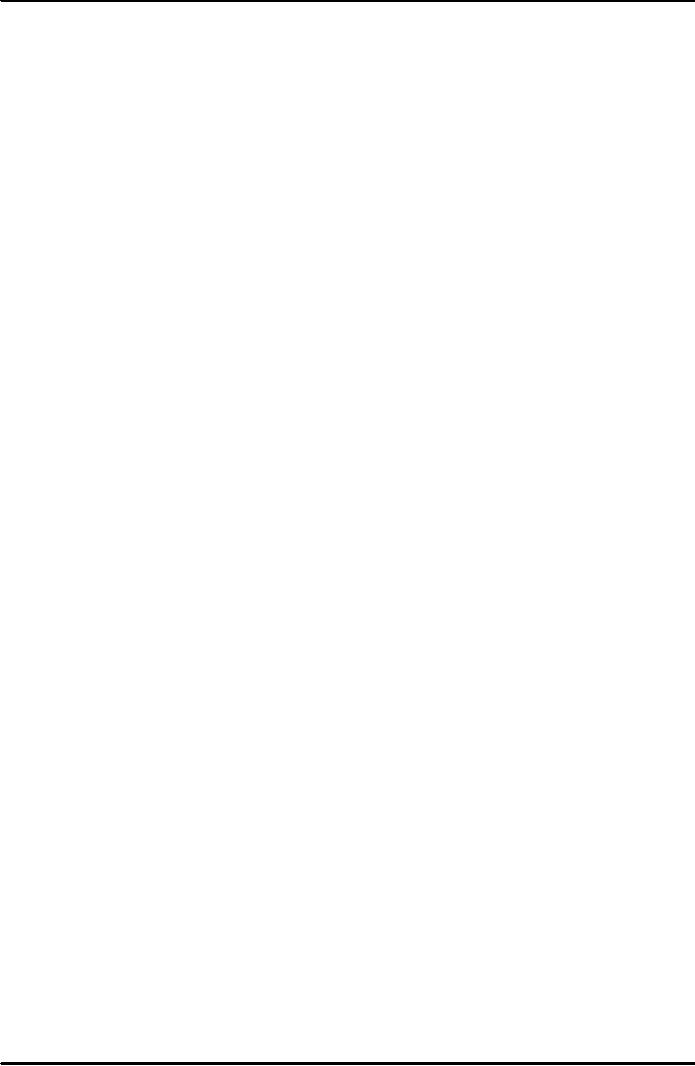 |
INTRODUCTION:COURSE DESCRIPTION, TEN PRINCIPLES OF ECONOMICS |
| PRINCIPLE OF MACROECONOMICS:People Face Tradeoffs >> |

Macroeconomics
ECO 403
VU
Lesson
01
INTRODUCTION
COURSE
DESCRIPTION
There
are two major branches in
economics:
Microeconomics
Macroeconomics
MACROECONOMICS
provides
a framework for the study of
the determinants & movements of
such key
economic
variables as...
unemployment
·
inflation
·
interest
rates
·
exchange
rate
·
productivity
and growth
·
government
budget deficit/surplus
·
foreign
trade deficit
·
In
Macroeconomics, we study the
likely response of key
economic variables to such
public
policies
as...
·
fiscal
policy
monetary
policy
·
trade
policies
·
OBJECTIVE
Help
you learn how the
national economy
works
Enable
you to understand such
issues as...
·
why
key economic variables are
at their present
levels...
·
what
may be the likely future
paths of these
variables...
·
causes
and consequences of recessions,
inflation, etc., ....
·
what
the government can do about
these problems...
·
side
effects of government
actions...
·
pros
and cons of free trade
versus trade
restrictions
OUTLINE
OF THIS COURSE
Introduction
·
Scope of
Macroeconomics
Macroeconomic
data and its
measurement
The
Economy in the Long
Run
·
National
Income
Economic
Growth
Unemployment
Money
and Inflation
Open
Economy
The
Economy in the Short
Run
·
Economic
Fluctuations
Aggregate
Demand
Aggregate
Supply
Govt.
Debt and Budget
Deficits
·
Microeconomic
Foundations
·
Consumption
1

Macroeconomics
ECO 403
VU
Investment
Money
supply and demand
Economy.
. .
.
. . The word economy
comes
from a Greek word for
"one who manages a
household."
TEN
PRINCIPLES OF ECONOMICS
A
household and an economy
face many decisions:
·
Who
will work?
What
goods and how many of
them should be
produced?
What
resources should be used in
production?
At
what price should the
goods be sold?
Society
and Scarce Resources:
The
management of society's resources is
important because resources
are
scarce.
Scarcity.
. . means that society has
limited resources and
therefore cannot
produce
all the goods and
services people wish to
have.
Economics
is the study of how society
manages its scarce
resources.
·
How
people make
decisions.
People
face tradeoffs.
The
cost of something is what
you give up to get
it.
Rational
people think at the
margin.
People
respond to incentives.
·
How
people interact with each
other.
Trade
can make everyone better
off.
Markets
are usually a good way to
organize economic
activity.
Governments
can sometimes improve
economic outcomes.
·
The
forces and trends that
affect how the economy as a
whole works.
The
standard of living depends on a
country's production.
Prices
rise when the government
prints too much
money.
Society
faces a short-run tradeoff
between inflation and
unemployment.
2
Table of Contents:
- INTRODUCTION:COURSE DESCRIPTION, TEN PRINCIPLES OF ECONOMICS
- PRINCIPLE OF MACROECONOMICS:People Face Tradeoffs
- IMPORTANCE OF MACROECONOMICS:Interest rates and rental payments
- THE DATA OF MACROECONOMICS:Rules for computing GDP
- THE DATA OF MACROECONOMICS (Continued…):Components of Expenditures
- THE DATA OF MACROECONOMICS (Continued…):How to construct the CPI
- NATIONAL INCOME: WHERE IT COMES FROM AND WHERE IT GOES
- NATIONAL INCOME: WHERE IT COMES FROM AND WHERE IT GOES (Continued…)
- NATIONAL INCOME: WHERE IT COMES FROM AND WHERE IT GOES (Continued…)
- NATIONAL INCOME: WHERE IT COMES FROM AND WHERE IT GOES (Continued…)
- MONEY AND INFLATION:The Quantity Equation, Inflation and interest rates
- MONEY AND INFLATION (Continued…):Money demand and the nominal interest rate
- MONEY AND INFLATION (Continued…):Costs of expected inflation:
- MONEY AND INFLATION (Continued…):The Classical Dichotomy
- OPEN ECONOMY:Three experiments, The nominal exchange rate
- OPEN ECONOMY (Continued…):The Determinants of the Nominal Exchange Rate
- OPEN ECONOMY (Continued…):A first model of the natural rate
- ISSUES IN UNEMPLOYMENT:Public Policy and Job Search
- ECONOMIC GROWTH:THE SOLOW MODEL, Saving and investment
- ECONOMIC GROWTH (Continued…):The Steady State
- ECONOMIC GROWTH (Continued…):The Golden Rule Capital Stock
- ECONOMIC GROWTH (Continued…):The Golden Rule, Policies to promote growth
- ECONOMIC GROWTH (Continued…):Possible problems with industrial policy
- AGGREGATE DEMAND AND AGGREGATE SUPPLY:When prices are sticky
- AGGREGATE DEMAND AND AGGREGATE SUPPLY (Continued…):
- AGGREGATE DEMAND AND AGGREGATE SUPPLY (Continued…):
- AGGREGATE DEMAND AND AGGREGATE SUPPLY (Continued…)
- AGGREGATE DEMAND AND AGGREGATE SUPPLY (Continued…)
- AGGREGATE DEMAND AND AGGREGATE SUPPLY (Continued…)
- AGGREGATE DEMAND IN THE OPEN ECONOMY:Lessons about fiscal policy
- AGGREGATE DEMAND IN THE OPEN ECONOMY(Continued…):Fixed exchange rates
- AGGREGATE DEMAND IN THE OPEN ECONOMY (Continued…):Why income might not rise
- AGGREGATE SUPPLY:The sticky-price model
- AGGREGATE SUPPLY (Continued…):Deriving the Phillips Curve from SRAS
- GOVERNMENT DEBT:Permanent Debt, Floating Debt, Unfunded Debts
- GOVERNMENT DEBT (Continued…):Starting with too little capital,
- CONSUMPTION:Secular Stagnation and Simon Kuznets
- CONSUMPTION (Continued…):Consumer Preferences, Constraints on Borrowings
- CONSUMPTION (Continued…):The Life-cycle Consumption Function
- INVESTMENT:The Rental Price of Capital, The Cost of Capital
- INVESTMENT (Continued…):The Determinants of Investment
- INVESTMENT (Continued…):Financing Constraints, Residential Investment
- INVESTMENT (Continued…):Inventories and the Real Interest Rate
- MONEY:Money Supply, Fractional Reserve Banking,
- MONEY (Continued…):Three Instruments of Money Supply, Money Demand